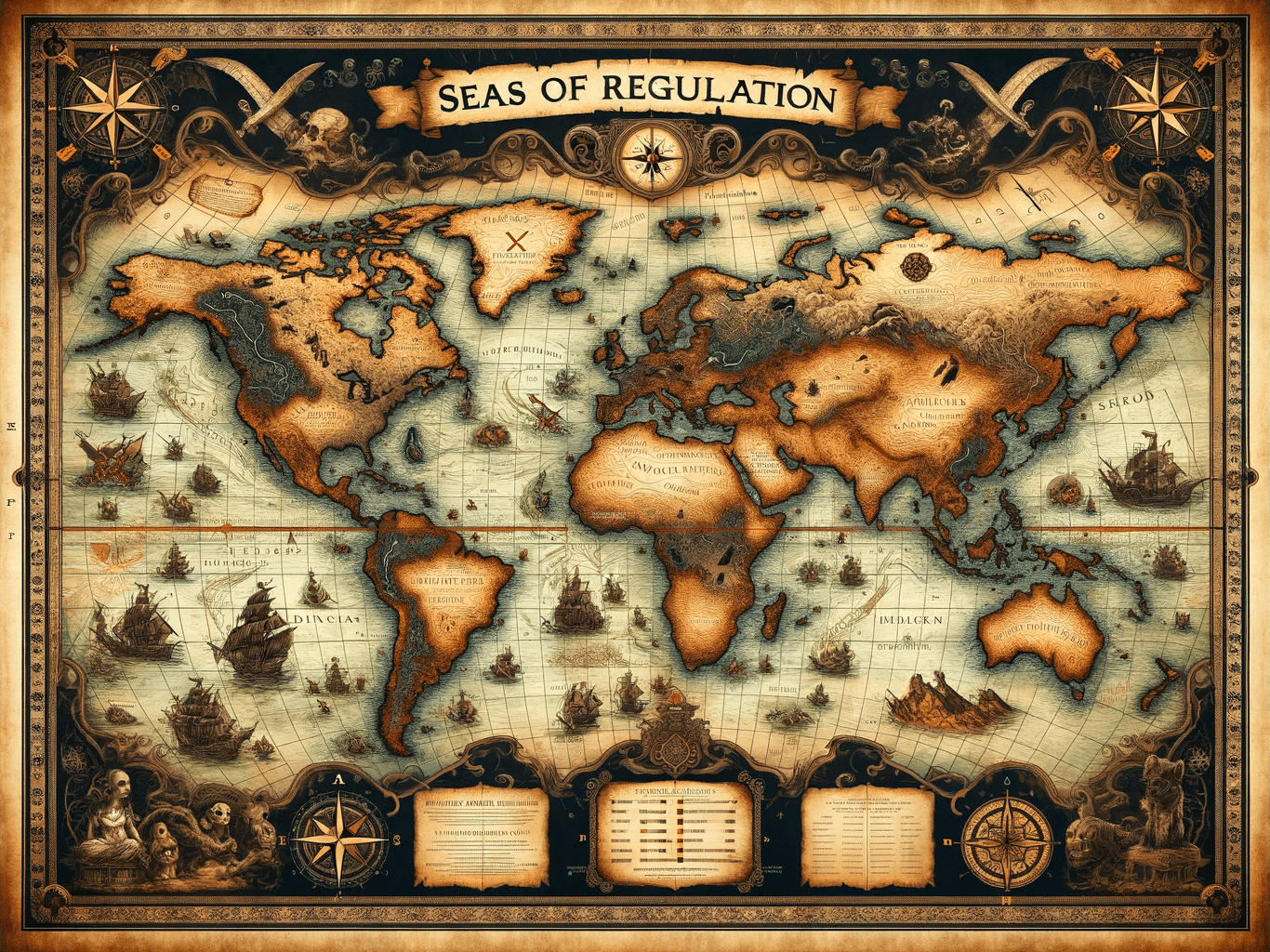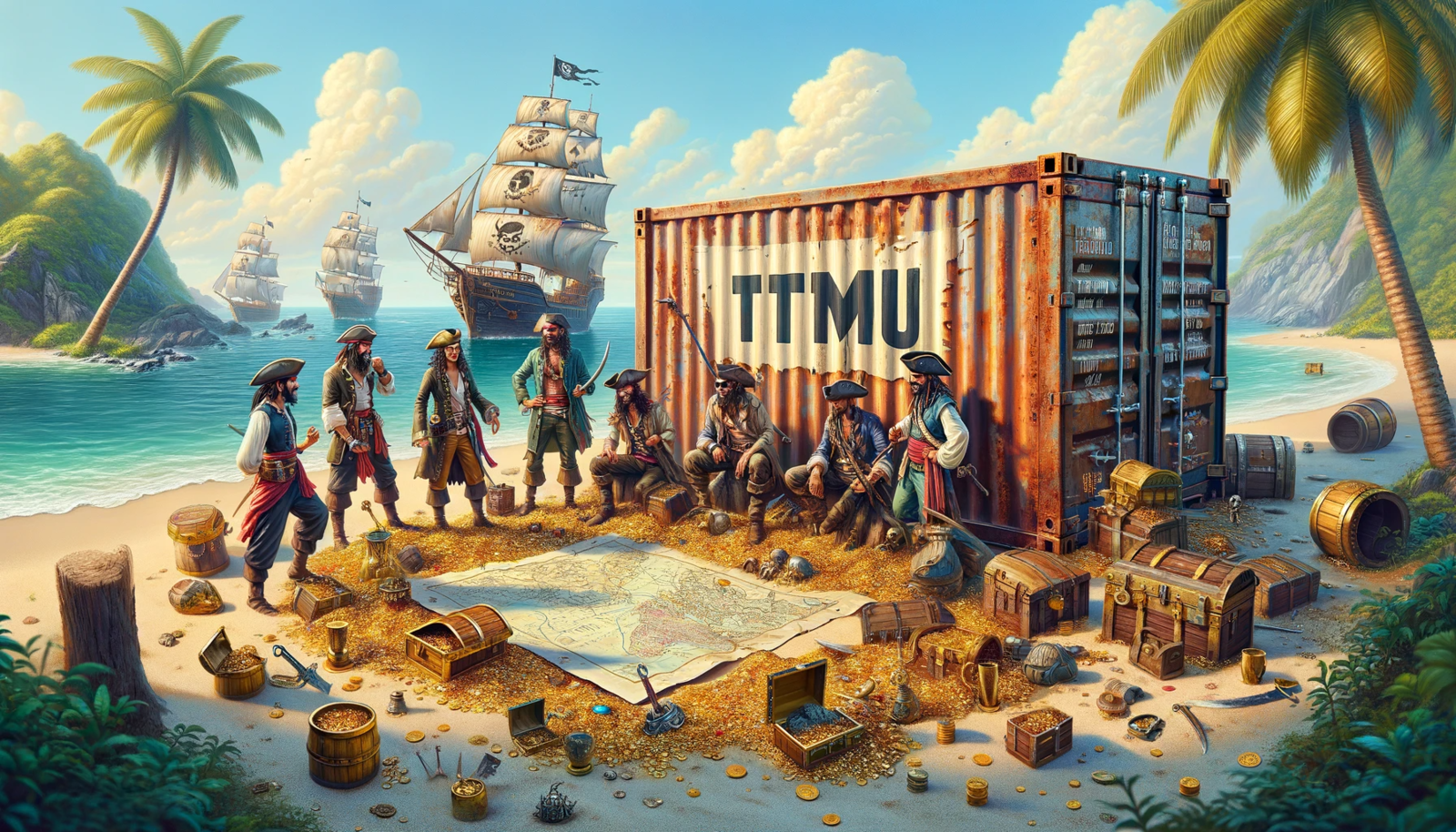
Ahoy, dear readers! In the vast ocean of global trade, shipping containers are the stalwart vessels that carry the bulk of our goods. Yet, their significance extends beyond mere cargo carriers. They are a testament to the power of standardization, a concept that has revolutionized international trade. This blog delves into the intricate world of shipping container regulations and standards, highlighting the pivotal role of international bodies in shaping these norms.
The Birth of a Standard.
The story of container standardization is as much about global economics as it is about logistics. Disparate container sizes and handling methods plagued the shipping industry, leading to inefficiencies. The solution came in the form of standardized container sizes and specifications, spearheaded by the International Organization for Standardization (ISO).
ISO: The Standard Bearer.
The ISO, an independent, non-governmental international organization, plays a crucial role in setting global standards for shipping containers. Its most significant contribution has been the ISO 668 series, which outlines specifications for container dimensions and corner fittings. Thanks to ISO standards, a container loaded in Shanghai can seamlessly be offloaded and transported via truck in San Francisco, illustrating the power of universal standards.

Balancing the Load: Weight Regulations.
Alongside dimensions, weight regulations are vital for safe and efficient transportation. The International Maritime Organization (IMO), a specialized agency of the United Nations, oversees the Safety of Life at Sea (SOLAS) convention. This includes the Verified Gross Mass (VGM) requirement, ensuring containers' weight is accurately declared to prevent overloading and potential accidents.
Ensuring Safety at Sea and Beyond.
Safety is paramount in container transportation. The ISO has established guidelines for structural integrity (ISO 1496 series) and testing methods (ISO 1161). These standards ensure that containers can withstand the rigors of sea travel, including extreme weather conditions and rough handling during loading and unloading.

CSC: The Badge of Compliance.
Every container must have a valid safety approval plate, known as the Convention for Safe Containers (CSC) plate, which confirms its adherence to ISO standards and SOLAS regulations. This plate is a global passport, allowing containers to be used internationally without additional safety checks.
The Future: Evolving Standards for an Evolving World.
As the world evolves, so do the standards governing shipping containers. The ISO and IMO continuously work to update regulations, addressing emerging challenges like environmental sustainability and digital tracking technologies.
Conclusion: The Cornerstone of Global Trade.
The standardization of shipping containers, overseen by international bodies like the ISO and IMO, is more than a technical achievement. It's a foundation upon which global trade operates smoothly and safely. Understanding these regulations is essential for anyone involved in the shipping industry, underscoring the adage that good standards make for good business.
This exploration into the world of shipping container regulations and standards reveals a complex but vital system underpinning global trade. As we continue to navigate the ever-changing seas of commerce, these standards remain our guiding stars, ensuring safe, efficient, and reliable transport of goods across the globe.


